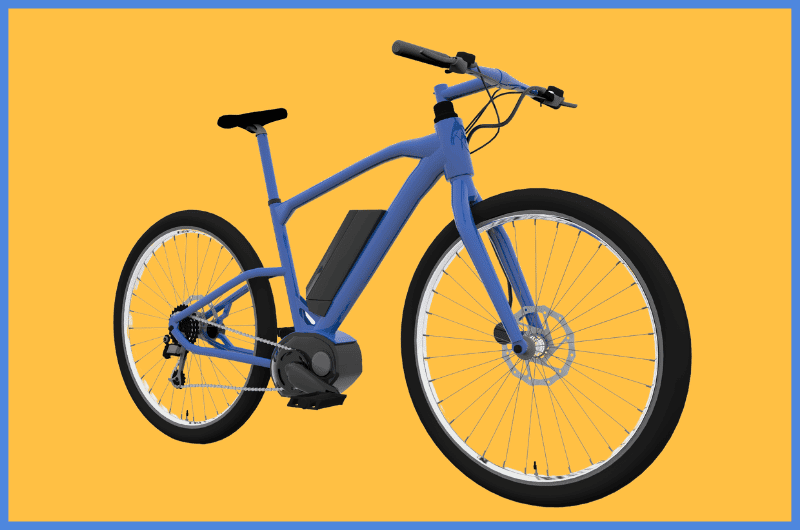Electric bicycles are fast-becoming a viable mode of transportation for many people of all cycling levels. They feel like conventional bikes to ride, but come with a small battery-powered motor that provides assistance while pedalling. Appealing for their ease of acceleration with less effort from the rider, e-bikes are being used more and more for commuting, tourism, sport, and leisure.
According to the Confederation of the European Bicycling Industry, about five million e-bikes were sold in the UK and Europe in 2021. However it’s no secret that e-bikes come with a steep price tag that may shock first-time buyers. In this article we’ll break down why electric bicycles are so expensive, and what exactly you’re getting for your money.
How Much Do Electric Bicycles Cost?
E-bikes range in cost from £600 to £5,000, with some models priced up to (and well over) £10,000.
Budget bikes in the lower range sacrifice power and quality of components. A decent e-bike for commuting will cost around £1,250 to £3,000, and for mountain e-biking £2,000 to £3,000 is the norm. Any increase in cost after that will be accompanied by advanced quality and features.
Why Are Electric Bikes So Expensive?
The battery, motor, electronics, and engineering of an e-bike means it costs more to produce than an average bike. Even the frame design and extra components (racks, saddle size, throttle, sensors, lights, good-quality locks) add up.
Brands such as Shimano, Yamaha, and Bosch offer premium models with powerful motors and batteries, which drives up the price of their products.
As a buyer, it is important to recognise your experience level and the kind of riding you want to take on with your e-bike. Then, determine the components that are important to your riding experience. The best e-bike for commuting will have different features from the best electric mountain bike, and prioritising the right features for you is more important than breaking the bank to have it all.
How Much Do Electric Bike Batteries Cost?
The battery is the most expensive component of an e-bike, generally costing 30-40% of the overall bike price. This ranges from a few hundred pounds to well over £1,000. Larger batteries cost more, but they allow for further distances travelled.
Why Are E-Bike Batteries So Expensive?
Batteries on electric bicycles include expensive materials and are intricately constructed to maximise lifespan and ensure hardiness against the elements. They also work with the motor to run the bike efficiently, and the engineering of such a system comes at an expense.
The type of battery on an e-bike will dictate the shelf life of the battery, or how many charging cycles (from 0-100%) it can complete. Batteries on electric bikes are commonly Lithium Ion, which have a 2-4 year shelf life and up to 1,000 charging cycles. These batteries are compact and offer the same efficiency as their cheaper counterparts with a fraction of their size and weight.

Will the Cost of E-Bikes Go Down?
The surge in demand for electric bicycles during and following the COVID-19 pandemic has led to a rise in prices, and e-bikes are expected to remain a bestseller. For now, with high demand and a shortage in available parts, costs will remain the same or even go up, but not for long.
As technology improves and is made more accessible, the cost of these machines will eventually go down. Tax incentives have been instituted in some countries to offset the costs of owning an e-bike, helping greatly with the overall expense.
When weighing out the pros and cons of an e-bike, the hefty price tag may be a deterring factor. However, using an e-bike may mean that your car stays in the garage more, leading to money saved on gas and maintenance.
Many cities are implementing infrastructure to support the road cyclist, opening up ease of travel for e-bike riders and other traditional bike commuters. If it fits your budget and cycling objectives, an e-bike can be a great choice for you!
The post Why Are E-Bikes So Expensive? [ANALYSIS] appeared first on Discerning Cyclist.
![Why Are E-Bikes So Expensive? [ANALYSIS]](http://bicycle.org/wp-content/uploads/2022/08/e-bike-blue-760x504.png)